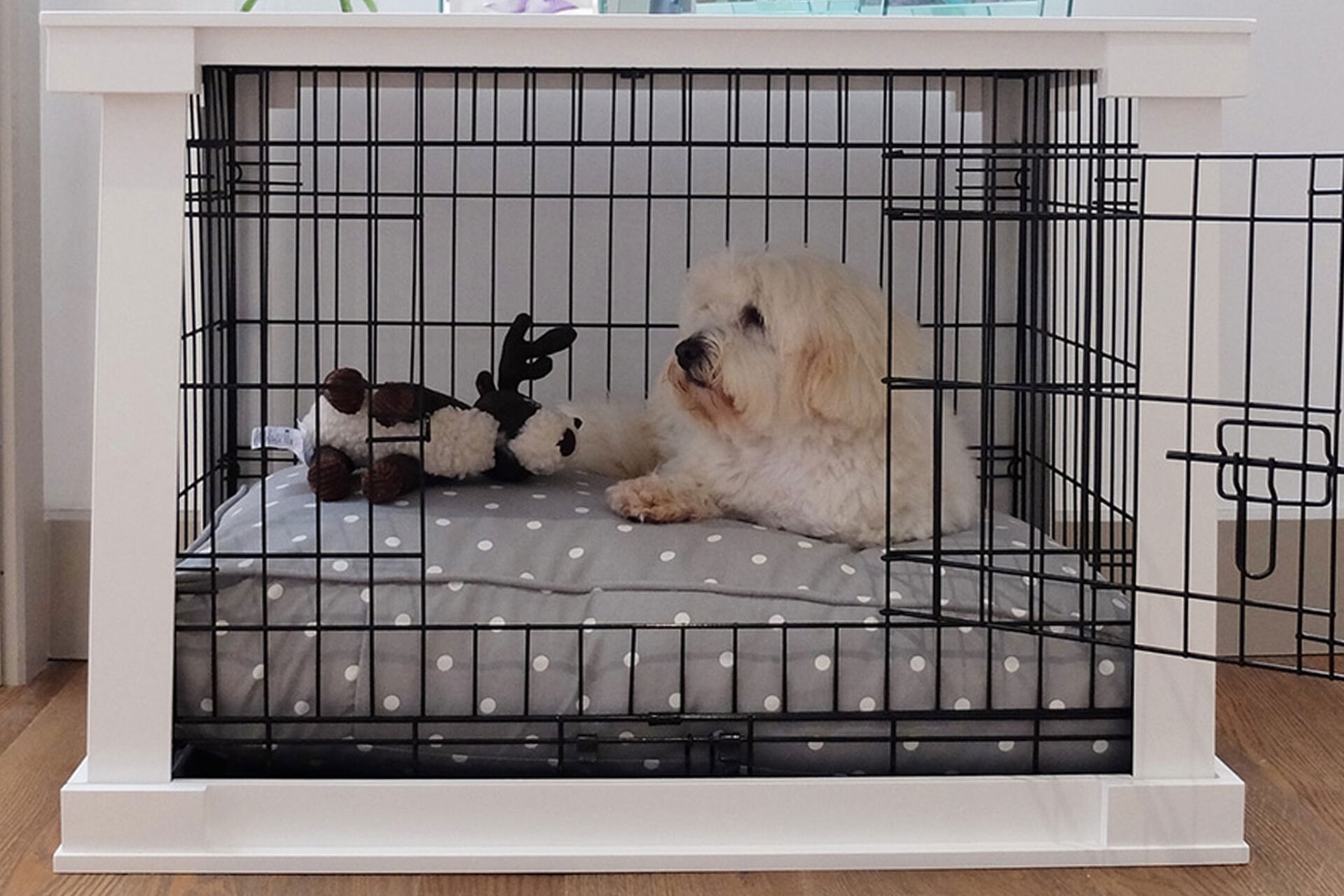Give Your Pup a Safe Haven: The Ultimate Guide to Dog Crates

Welcome to the world of dog crates—a sanctuary where your furry friend can find solace, security, and comfort. Whether you’re a seasoned pet parent or embarking on the journey of canine companionship for the first time, choosing the right dog crate is essential for providing your pup with a safe haven they can call their own. In this ultimate guide, we’ll delve into the intricacies of dog crates, equipping you with the knowledge and insights to make an informed decision that meets both your dog’s needs and your lifestyle.
Understanding the Purpose of Dog Crates
Dog crates serve a multitude of purposes beyond mere confinement. They provide a secure space for your dog to retreat to when they need time alone, offer a safe environment for travel, aid in house training, and serve as a valuable tool for managing behavioral issues such as separation anxiety and destructive behavior. By embracing the concept of crate training, you can foster a positive association with the crate and create a sense of security for your furry companion.
Choosing the Right Size Crate
One of the most critical aspects of selecting a dog crate is ensuring the correct size for your canine companion. A crate that is too small can feel cramped and uncomfortable, while one that is too large may diminish the sense of security and encourage undesirable behavior. To determine the appropriate size, measure your dog from the tip of their nose to the base of their tail and from the ground to the top of their head while standing. Opt for a crate that allows your dog to stand up, turn around, and lie down comfortably without feeling confined.
Exploring Different Types of Dog Crates
Dog crates come in various types and materials, each offering unique benefits and features:
- Wire Crates: Versatile and well-ventilated, wire crates provide excellent airflow and visibility, making them ideal for home use and travel.
- Plastic Crates: Durable and lightweight, plastic crates offer a cozy den-like environment that appeals to dogs who prefer a sense of security and seclusion.
- Soft-Sided Crates: Portable and collapsible, soft-sided crates are perfect for travel and temporary use, providing a comfortable retreat for your dog on the go.
- Decorative Crates: Stylish and functional, decorative crates blend seamlessly into your home décor while providing a comfortable living space for your dog.
Tips for Crate Training Success
Crate training is a gradual process that requires patience, consistency, and positive reinforcement. Start by introducing your dog to the crate gradually, associating it with positive experiences such as treats, toys, and praise. Gradually increase the duration of crate time, always ensuring that your dog feels comfortable and relaxed. Avoid using the crate as a form of punishment, as this can create negative associations and undermine the training process.
A dog crate is more than just a piece of furniture—it’s a sanctuary where your pup can find solace, security, and comfort. By choosing the right crate size, type, and material, and implementing effective crate training techniques, you can provide your furry friend with a safe haven they can call their own. So, invest in a quality crate, embark on the journey of crate training with patience and positivity, and watch as your dog embraces their newfound sanctuary with joy and contentment.

Dr. Carolyn Stafford’s route to veterinary medicine demonstrates her steadfast commitment and enthusiasm for furthering the science of anatomic pathology.
Subscribe my Newsletter for new blog posts. Stay updated from your inbox!









